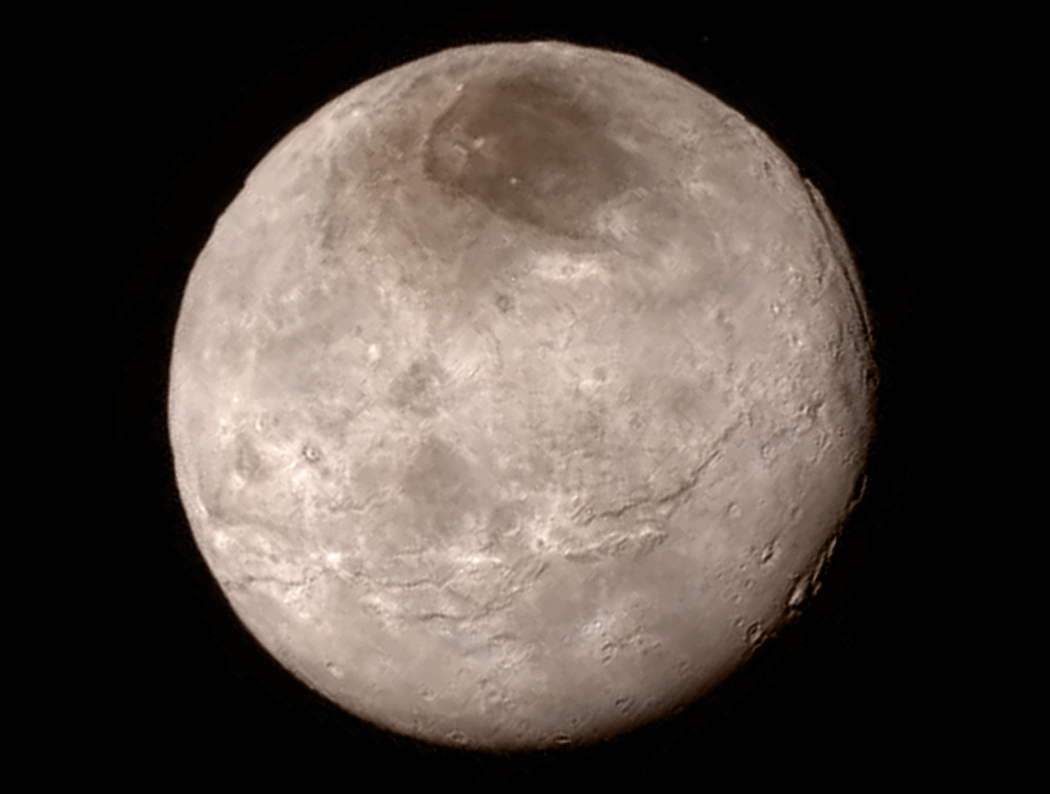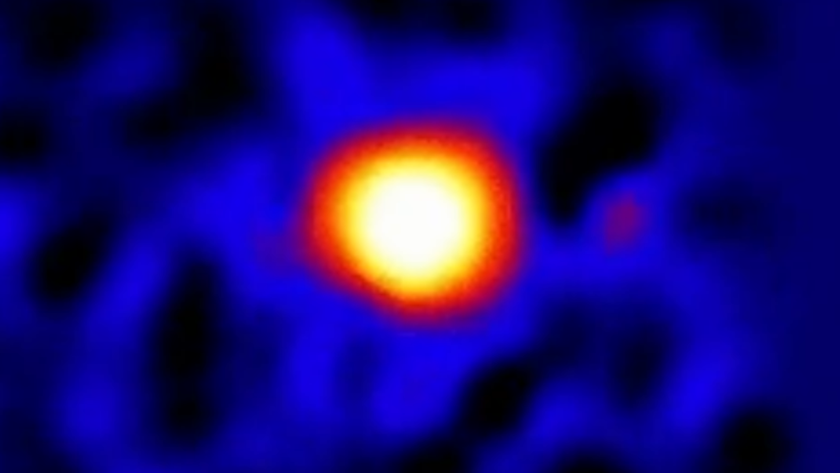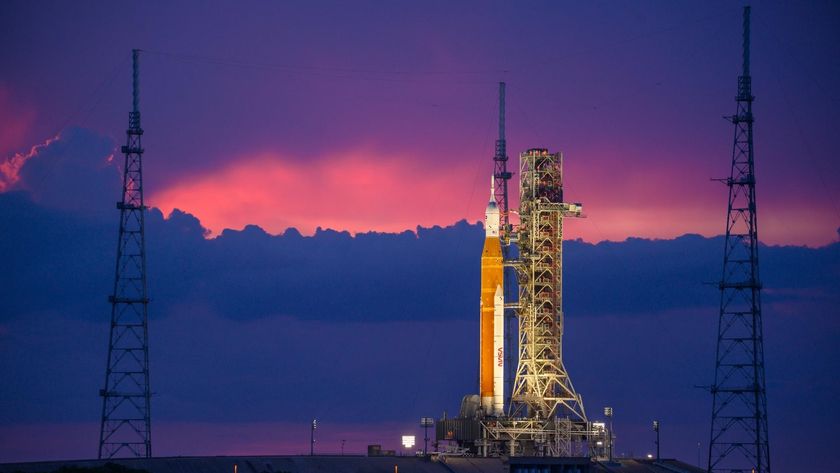
NASA will reveal more of the New Horizons spacecraft's up-close photos of Pluto and its moons today (July 17), and you can watch the unveiling live.
The new images, which New Horizons captured during its historic flyby of Pluto on Tuesday (July 14), will be released and discussed at a news conference that starts today at 1 p.m. EDT (1700 GMT). You can follow it live here on Space.com, courtesy of NASA TV.
New Horizons zoomed within 7,800 miles (12,500 kilometers) of Pluto's surface Tuesday morning, collecting huge amounts of data about the dwarf planet and its five moons with seven different science instruments.
The spacecraft has not had time to beam home much of this information to date; indeed, New Horizons remained in its nine-day-long "encounter mode" of operations through Thursday (July 16).
But the few photos received so far — none of which were taken at closest approach — have surprised and amazed scientists. New Horizons spotted giant ice mountains on Pluto, for example, and canyons on the dwarf planet's largest moon, Charon, that may be 6 miles (10 kilometers) deep. The spacecraft's images also reveal few craters on Pluto and Charon, suggesting that both bodies have been geologically active in the recent past.
Participating in today's news conference are:
- Jim Green, director of Planetary Science at NASA Headquarters in Washington
- Alan Stern, New Horizons principal investigator at the Southwest Research Institute (SwRI) in Boulder, Colorado
- Randy Gladstone, New Horizons co-investigator at SwRI in San Antonio
- Jeffrey Moore, New Horizons co-investigator at NASA’s Ames Research Center in Moffett Field, California
- Fran Bagenal, New Horizons co-investigator, University of Colorado, Boulder
The $723 million New Horizons mission launched in January 2006. The piano-size probe is now cruising away from Pluto, headed toward a 2019 rendezvous with another body in the distant Kuiper Belt — if NASA ends up approving and funding a proposed extended mission.
Get the Space.com Newsletter
Breaking space news, the latest updates on rocket launches, skywatching events and more!
Follow Mike Wall on Twitter @michaeldwall and Google+. Follow us @Spacedotcom, Facebook or Google+. Originally published on Space.com.
Join our Space Forums to keep talking space on the latest missions, night sky and more! And if you have a news tip, correction or comment, let us know at: community@space.com.

Michael Wall is a Senior Space Writer with Space.com and joined the team in 2010. He primarily covers exoplanets, spaceflight and military space, but has been known to dabble in the space art beat. His book about the search for alien life, "Out There," was published on Nov. 13, 2018. Before becoming a science writer, Michael worked as a herpetologist and wildlife biologist. He has a Ph.D. in evolutionary biology from the University of Sydney, Australia, a bachelor's degree from the University of Arizona, and a graduate certificate in science writing from the University of California, Santa Cruz. To find out what his latest project is, you can follow Michael on Twitter.


